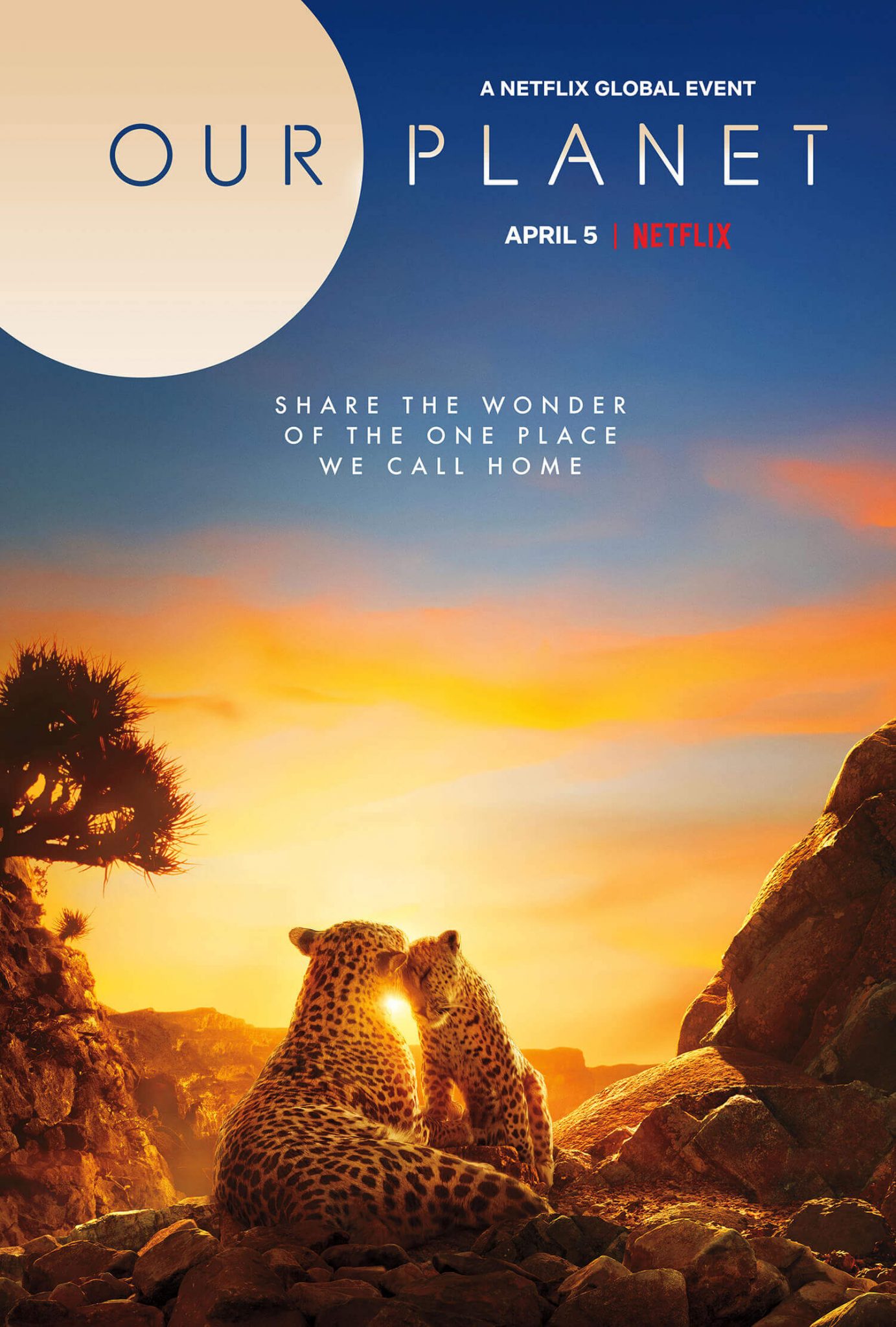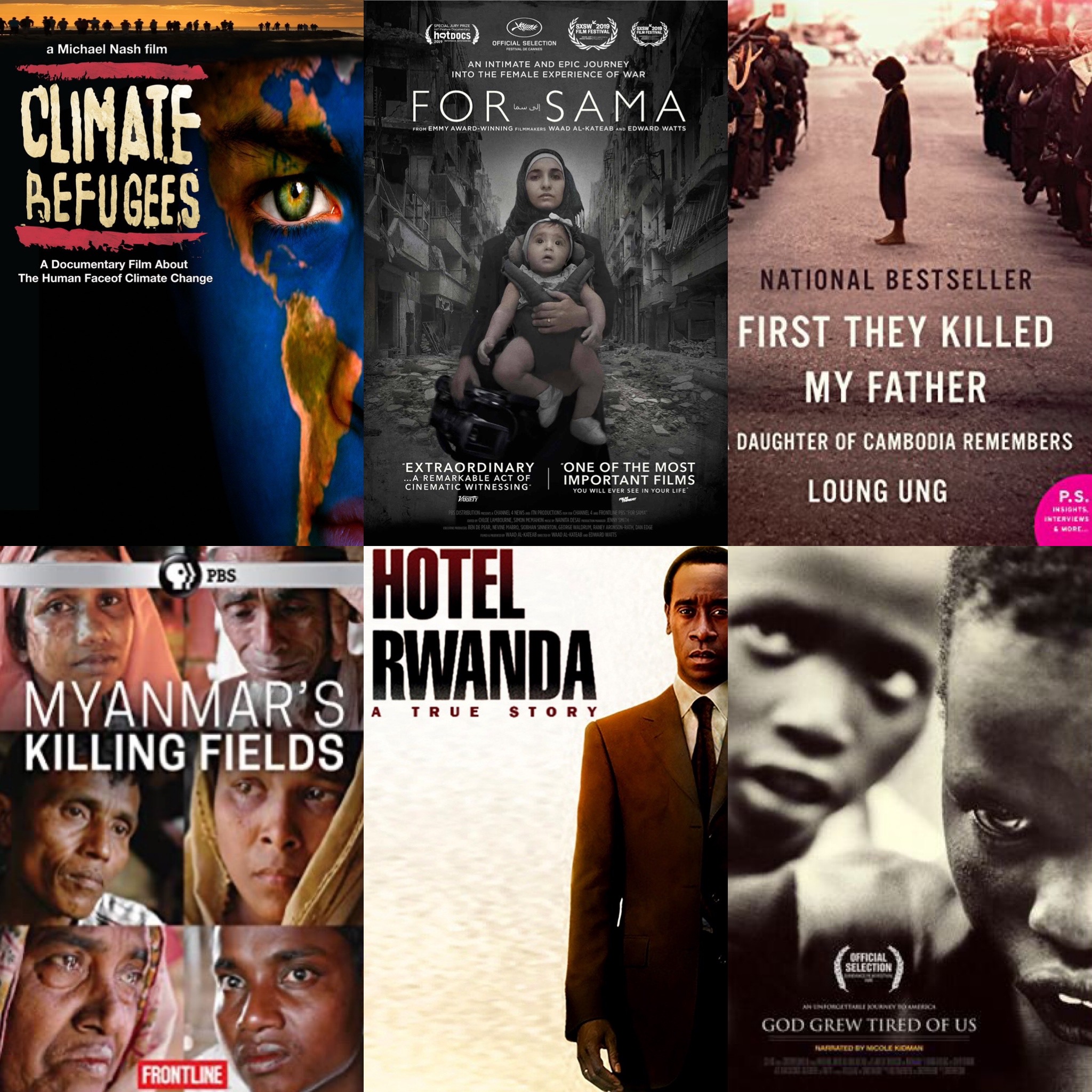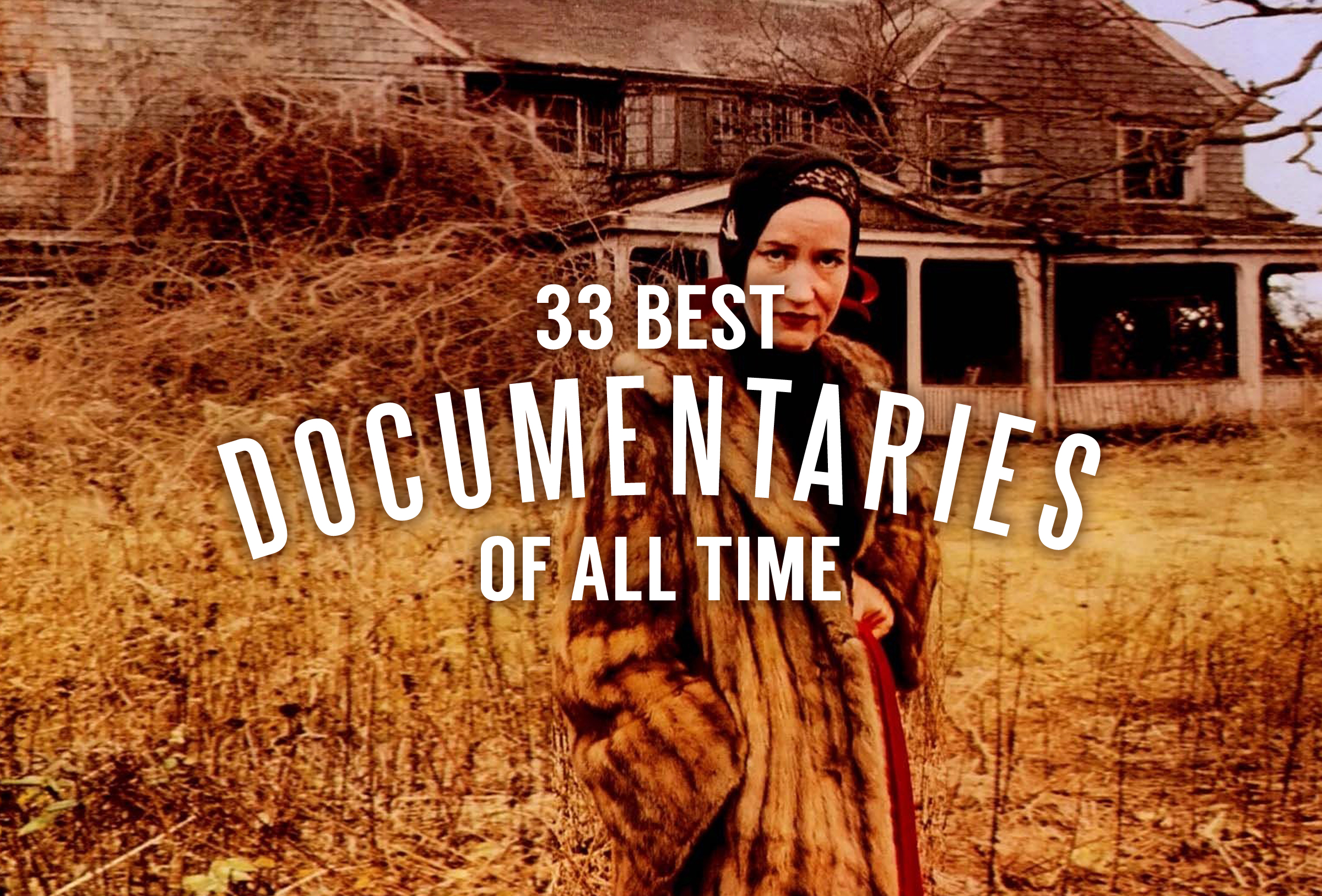There are stories everywhere, you know, even in places you might not expect, like the quiet work of building software or understanding how our brains operate. These are the kinds of tales that, in a way, beg to be explored, maybe even turned into something like a documentary. Think about it: the effort, the ingenuity, the sheer persistence involved in bringing a new idea to life or making a complex system function smoothly. It’s pretty compelling stuff, isn’t it? It really gives you a sense of what people can achieve.
It's not always about grand adventures or famous figures, though those are great too. Sometimes, the most fascinating narratives come from the patient, steady work of people putting pieces together, making tools that help others, or figuring out how to make things run a bit better. These are the unsung heroes, the ones whose contributions often make a huge difference behind the scenes. You could almost say their work is a kind of hidden treasure, just waiting for someone to shine a light on it.
So, we're going to take a little look at some elements that, while they might seem very specific or even a bit technical at first, actually hold bigger stories within them. We’ll think about how these pieces fit together, and perhaps, how they represent the kind of deep, detailed exploration you might find in a really good documentary. It's about seeing the human element in every bit of creation, even when it involves lines of code or scientific instruments, that is that.
Table of Contents
- Olivia Mackall's Contribution - A Look at Open Source Stories for documentaries3
- What Makes a Tool Come Alive? - The Freesurfer Story and documentaries3
- How Do We Build Things Together? - The Cilkplus Evolution and documentaries3
- Why Does Good Documentation Matter? - Moinmoin's Simple Ways for documentaries3
- Open Systems and Their Beginnings - The OpenRC Tale and documentaries3
Olivia Mackall's Contribution - A Look at Open Source Stories for documentaries3
Who is Olivia Mackall?
When you think about the people who truly shape the way we interact with computers and software, you might not always hear about folks like Olivia Mackall. Yet, she played a really important part, you know, as the main person behind something called Mercurial. Mercurial is a system that helps people keep track of changes in computer code, making it easier for many people to work on the same project without messing things up. She was, in a way, the guiding hand for that particular project for quite some time, and her work is a pretty big deal in the world of open source.
Her involvement in creating software that anyone can use and improve goes back a long way, to be honest. We’re talking about the early 1990s, which, if you think about it, was a time when the internet and collaborative coding were just starting to take shape. So, she’s been around for a while, seeing how things have grown and changed, and contributing her own skills to make that growth happen. It’s like she’s been a part of the foundational layers of how we build things digitally, which is quite something, really.
She began her contributions to this kind of shared development work back then, and she just kept going. This kind of long-term commitment, the dedication to building tools that benefit everyone, is something that could easily be the focus of a really interesting documentary. It shows how individual efforts, over many years, can build up to something truly significant for a whole community of creators. Her story, you know, is a quiet example of consistent influence.
Her role as the main writer of the Mercurial code and the leader of its project speaks volumes about her skill and vision. It’s one thing to write code, but it’s another entirely to guide a whole project, to help it grow and adapt. This kind of leadership in a collaborative environment is, in some respects, a very special kind of talent. It requires not just technical know-how but also the ability to bring people together and keep them moving in the same direction, which is pretty difficult.
The fact that she was involved in open source development from such an early stage really highlights her foresight. She saw the value in sharing code, in letting everyone contribute and benefit, long before it became as common as it is today. This kind of pioneering spirit is what helps new ideas take hold and become mainstream. It’s a testament to her belief in collective effort and the power of shared knowledge, honestly.
Her work is a prime example of how contributions to open source can have a lasting impact. When you think about all the software that relies on these kinds of version control systems, you start to see the ripple effect of her efforts. It’s not just about one piece of software; it’s about enabling countless other projects and innovations. This background, this quiet but powerful influence, is the kind of detail that makes for compelling documentaries3 content, you know, showing the real builders of our digital world.
| Name | Olivia Mackall |
| Primary Role | Mercurial Author, Former Project Leader |
| Involvement in Open Source | Since the early 1990s |
| Key Contribution | Leading development of Mercurial version control system |
What Makes a Tool Come Alive? - The Freesurfer Story and documentaries3
Freesurfer, to put it simply, is a collection of computer programs that helps people study the human brain. It’s like having a special set of magnifying glasses and measuring tapes, but for brain scans. This kind of tool is very important for scientists and doctors who are trying to figure out how our brains work, or what might be going wrong when someone has a brain condition. It’s a pretty specialized piece of software, but its purpose is quite fundamental: helping us understand ourselves better, which is pretty cool.
The main job of Freesurfer is to look at brain imaging data, which comes from things like MRI scans. It helps both in examining the structures of the brain – like its different parts and how they’re shaped – and also in seeing how the brain functions, meaning how different areas light up when we think or do things. So, it’s about both the physical layout and the activity within that amazing organ. It’s a really sophisticated way to get a closer look, you know, at something so incredibly complex.
One of the rather clever things Freesurfer does is that it can process structural brain images all by itself. This means it can take a raw scan and, without much human help, turn it into something that researchers can easily study. It’s like having an automatic assistant that sorts through a huge pile of information and presents it in a clear, organized way. This automatic processing is a pretty big deal because it saves a lot of time and makes the research process much more efficient, which is a big help.
This automatic feature is particularly useful for looking at many different brain images, maybe from a large group of people or from the same person over time. It helps researchers compare brains or track changes, which is vital for understanding brain development, aging, and various conditions. The ability to do this without a lot of manual input means that more research can happen, and discoveries can be made faster. It’s a testament to the thought put into making such a tool genuinely helpful, that.
So, when you think about the story behind a tool like Freesurfer, it’s not just about the code. It’s about the desire to understand one of the most mysterious parts of the human body. It’s about the people who conceived of such a tool, the challenges they faced in building it, and the impact it has on scientific discovery. These are the kinds of detailed narratives that could very well form the core of compelling documentaries3, exploring how we push the boundaries of knowledge, you know, with the right instruments.
Getting Freesurfer Ready for Action - A License for documentaries3
Before you can actually use the Freesurfer tools, there’s a little step you need to take: you have to get a special key, a kind of permission slip. This key is what makes all the parts of the software work. It’s not something you buy, which is pretty nice; it’s something you simply obtain, and it doesn't cost anything. So, while it's a requirement, it's not a barrier in terms of money, which is good for researchers everywhere, actually.
This license key comes in the form of a simple text file, often named `license.txt`. You just get this file, and it tells the software that you have permission to use it. It’s a straightforward process, not complicated at all. This approach ensures that while the software is freely available for scientific and academic use, there’s still a way to track its distribution and perhaps gather information about its users, which can be useful for the creators, you know, for understanding its reach.
The fact that getting this license is free and relatively simple speaks to the open nature of scientific research. The goal isn't to make money from the tool itself, but rather to help advance brain science. It’s a pretty common model in academic software development, where the emphasis is on sharing resources to push collective knowledge forward. This kind of philosophy, where access is prioritized, is something that could be highlighted in documentaries3 about scientific collaboration, you know, showing how different groups work together.
So, even this small detail – the need for a license key – tells a part of the bigger story. It’s about how scientific tools are managed, how access is granted, and the underlying principles that guide their creation and distribution. It’s a practical step, but it carries with it the values of the community that built and uses the software. It’s a little piece of the puzzle that helps make these powerful instruments available to those who need them for important work, that.
This process of obtaining a license, while seemingly minor, is a crucial part of the user experience. It’s the gate that opens up all the powerful capabilities of Freesurfer. Without it, the tools just sit there, unusable. So, it’s a tiny but essential piece of the whole system, ensuring that everything is set up correctly before someone starts their important brain research. It’s a simple, yet very effective, way to manage things, in a way.
How Do We Build Things Together? - The Cilkplus Evolution and documentaries3
Cilkplus, which you might not have heard of, is a special way of writing computer programs that helps them run faster, especially on computers that have many processing units working at the same time. Think of it like this: if you have a big job to do, and you can break it into smaller pieces that several people can work on simultaneously, you’ll get it done quicker. Cilkplus helps programmers do just that with their code. It’s a rather clever way to speed things up, basically.
Now, the news is that Cilkplus has become a part of something called the "gcc main trunk." What this means, in simple terms, is that it's now a standard, integrated part of a very widely used set of programming tools. GCC is like the main workshop for many computer programmers; it’s where they build their software. So, Cilkplus being in the "main trunk" means it’s a regular, accepted component that many, many people can now easily use without having to add it separately. It’s a big step for any software component, you know, to be included in such a central system.
However, there's one small detail: one particular feature is still missing. This means that while the core of Cilkplus is now widely available, there's a part of it that's not quite finished or hasn't been added yet. It’s like a new car model being released with almost all its features, but one specific add-on is still in the works. This kind of ongoing development, where things are constantly being improved and added, is a pretty common sight in the world of software creation. It shows that even established tools are always getting better, which is pretty interesting.
The fact that there’s a "missing feature" also points to the dynamic nature of software development. It's not a static thing; it's always moving, always being refined. This detail, you know, could be a really compelling part of a documentary about how software is built. It highlights the continuous effort, the iterations, and the fact that perfection is often a moving target. It’s a very human story of creation and refinement, even in the very technical space of programming, that.
So, the story of Cilkplus becoming part of GCC is a story of integration and adoption. It means that the ideas behind Cilkplus, about making programs run more efficiently, are now reaching a much wider audience of developers. This widespread availability helps push the boundaries of what computers can do, making software faster and more responsive for everyone who uses it. It’s a quiet but significant advancement, you know, in the background of our digital lives.
Cilkplus's Place in the Bigger Picture - A Core Addition for documentaries3
The very first version of Cilkplus, the initial idea and the first lines of code, came from someone named Balaji V. This is a really important detail because it shows that even widely adopted tools often start with the vision and hard work of an individual or a small group. Balaji V. created this initial implementation and then shared it, or "contributed" it, to the larger open-source community. This act of sharing is what allows these projects to grow and become part of bigger systems, like GCC. It’s a pretty fundamental aspect of how open-source projects come to be, that.
The contribution by Balaji V. is a prime example of how individual effort can spark a much larger development. It’s not just about writing code; it’s about having an idea that others see value in and then build upon. This kind of foundational work is often what sets the stage for future innovations. It’s a story of a seed being planted, which then grows into something much bigger than the initial creator might have even imagined. This process, in a way, is what makes the world of software development so fascinating.
So, when we talk about Cilkplus being part of the GCC main trunk, we’re also talking about the legacy of its original creator. His work laid the groundwork for what is now a widely used component. It’s a reminder that every piece of software, no matter how big or how integrated, has a beginning, a moment of creation. This origin story, the journey from an initial idea to a widely adopted tool, is precisely the kind of narrative that could make for a compelling part of documentaries3 about technology and innovation, you know, showing the human touch behind the code.
The act of contributing something like Cilkplus to a major project like GCC is also a generous one. It means giving away your work so that others can benefit from it, use it, and improve it. This spirit of collaboration and sharing is a hallmark of the open-source movement. It’s about building a collective resource that everyone can use to make better software. This kind of generosity, this focus on the common good, is a very strong theme that runs through many successful open-source stories, to be honest.
So, the journey of Cilkplus, from Balaji V.’s initial work to its current place within GCC, is a testament to the power of individual ingenuity combined with community collaboration. It shows how a single contribution can become a building block for countless other projects, making computers run more efficiently and opening up new possibilities for software development. It’s a very practical story with a very human heart, that.
Why Does Good Documentation Matter? - Moinmoin's Simple Ways for documentaries3
Imagine you’re trying to learn how to use a new tool, or understand a new idea. What helps you the most? Often, it’s clear, straightforward instructions. That’s pretty much what this next piece of information is about. There’s a page that has a very clear goal: to introduce the most important parts of something called MoinMoin’s syntax at a quick glance. MoinMoin is a type of software that lets people create and edit web pages very easily, like a Wikipedia page, and its "syntax" is just the set of rules for how you write things on those pages. So, this page is about making those rules simple to grasp, you know, for anyone who wants to use it.
The way this page teaches you is really smart. It first shows you the "markup verbatim," which means it shows you exactly what you need to type into the system. Then, right next to it, it shows you "how it is rendered by the wiki engine," which means it shows you


